14 American Hobbies That Became Instant Nationwide Obsessions
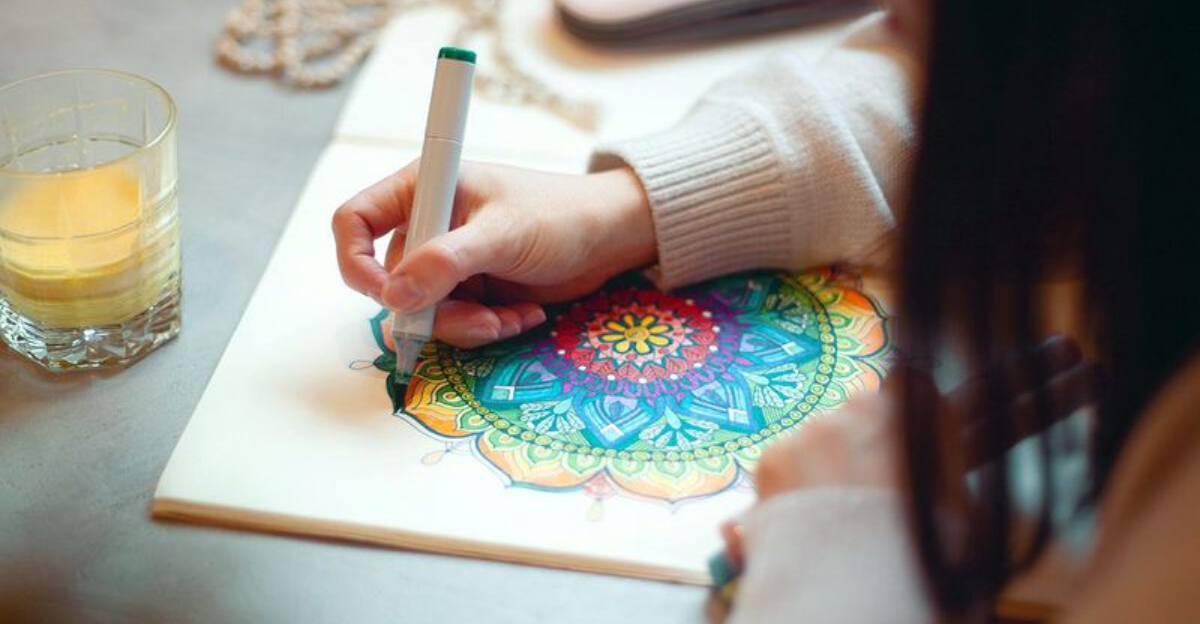
Americans have an uncanny talent for turning the simplest pastimes into full-blown cultural juggernauts. I’ve watched innocent hobbies morph into nationwide obsessions, spreading faster than you can scroll through a trending hashtag.
One minute it’s just a quirky little activity in someone’s garage—next thing you know, it’s a billion-dollar industry with fan conventions, themed merch, and late-night talk show segments.
From Beanie Babies and yo-yos to home-brewing and backyard chickens, these crazes didn’t just catch on—they exploded, creating tight-knit communities and even changing how we spend our time, money, and weekends.
It’s a uniquely American phenomenon: take something ordinary, dial it up to eleven, and suddenly it’s the thing everyone’s doing. So grab your nostalgia goggles and join me on a whirlwind tour through the hobby crazes that captured our hearts, emptied our wallets, and made history—one obsession at a time.
1. Pokémon GO Fever

Remember summer 2016? I couldn’t walk through a park without tripping over zombie-like figures clutching phones, hunting digital monsters. Pokémon GO transformed ordinary neighborhoods into battlegrounds overnight, with players of all ages wandering into traffic and trespassing on private property—all to catch a rare Charizard!
The augmented reality game became more than just entertainment; it was a social revolution. Complete strangers would gather at PokéStops, sharing tips and celebrating captures together. My usually quiet local park suddenly hosted midnight meetups with hundreds of players.
Even my technophobe uncle downloaded the app, proudly showing me his Pikachu collection. Within weeks, the game had more daily users than Twitter, proving that sometimes all it takes to get Americans moving is the promise of capturing fictional creatures.
2. Sourdough Bread Baking Bonanza
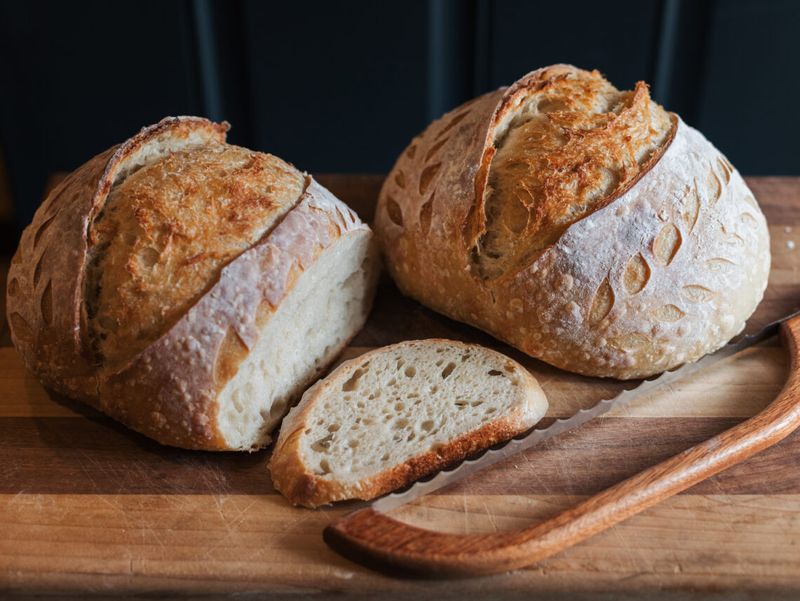
Flour vanished from supermarket shelves in March 2020 as if by magic—or rather, by the collective panic of Americans suddenly discovering their inner baker. I still laugh remembering how my social media transformed into a parade of crusty loaves, with friends naming their starters like pets (“This is Doughbert, he’s two weeks old!”).
The sourdough craze wasn’t just about bread; it became therapy during uncertain times. People tracked their starters’ progress with the dedication of new parents, comparing notes on hydration percentages and fermentation times like seasoned scientists.
My own baking adventure began with spectacular failures—hockey pucks that could’ve broken windows. But that sixth loaf? Pure heaven! The nationwide obsession created a community united by flour-dusted countertops and the simple satisfaction of creating something nourishing from almost nothing.
3. Beanie Baby Collection Madness
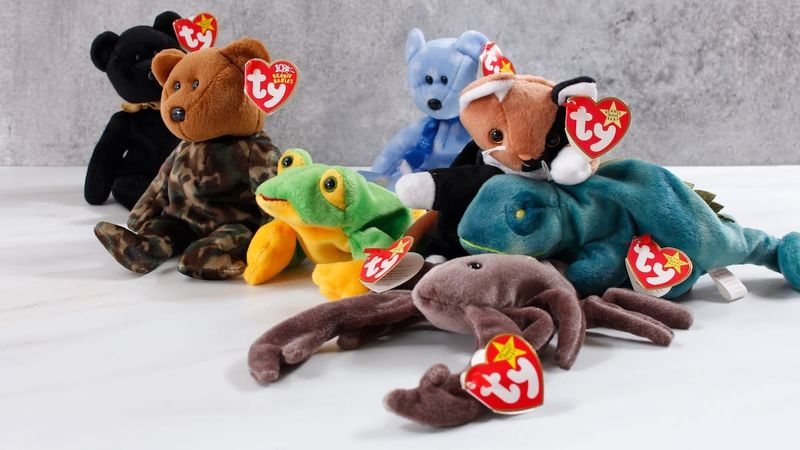
The great Beanie Baby bubble of the ’90s still haunts my closet. Those adorable bean-filled critters weren’t just toys—they were serious investments! Americans lost their collective minds over these plush animals, forming lines outside toy stores that wrapped around buildings whenever a new shipment arrived.
Parents engaged in parking lot battles that would make UFC fighters flinch, all to secure limited-edition bears for their children (or their own “investment portfolios”). My cousin literally traded her prom dress fund for a purple Princess Diana memorial bear, convinced it would fund her college education someday.
The madness reached peak absurdity when divorce courts actually supervised the division of Beanie Baby collections. Magazines published price guides that people studied like stock market reports. The craze fizzled eventually, leaving millions of carefully preserved toys in plastic protectors—worth roughly the price of a sandwich today.
4. Adult Coloring Book Revolution
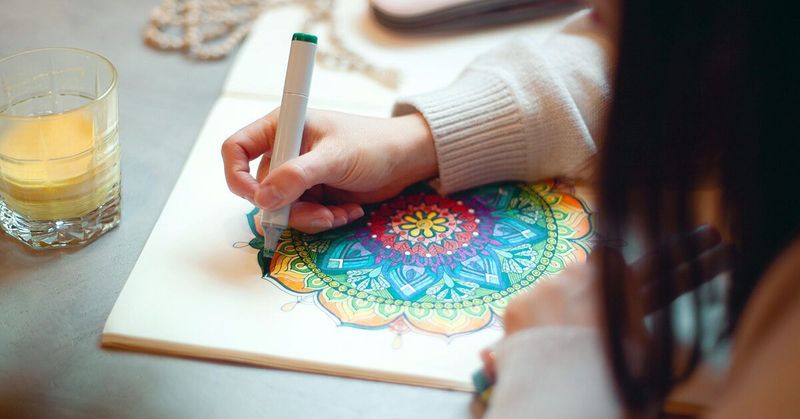
Crayons aren’t just for kids anymore! Around 2015, I witnessed grown adults—successful professionals with mortgages and retirement plans—suddenly huddling over intricate coloring books with the concentration of brain surgeons. The adult coloring craze hit like a rainbow tornado, with books claiming to reduce stress, increase mindfulness, and practically solve all of life’s problems.
Bookstores created entire sections dedicated to these elaborate designs. My dentist’s waiting room replaced outdated magazines with coloring stations. Even my tough-as-nails boss admitted to spending weekends shading mandalas while watching Netflix.
The phenomenon created unlikely coloring circles where strangers bonded over their preferred techniques and favorite colored pencil brands. I joined a Thursday night group at my local coffee shop where we’d gossip, sip lattes, and debate the merits of staying inside the lines—all while creating frameable masterpieces that now adorn refrigerators across America.
5. Fidget Spinner Frenzy

The Great Fidget Spinner Invasion of 2017 remains one of history’s most baffling hobby explosions. One minute, nobody had heard of these palm-sized plastic contraptions; the next, they were spinning between the fingers of every American under 18 (and plenty over that age too, myself included).
Schools nationwide banned them faster than you could say “distraction,” which naturally made kids want them even more. I’ll never forget the underground fidget spinner economy that emerged in my nephew’s middle school—trades, battles, and a complex value system based on bearing quality and spin time.
The obsession peaked when specialty spinners hit the market: light-up versions, metal editions costing hundreds of dollars, and custom designs that spun for seemingly impossible durations. Just as quickly as they appeared, they vanished, leaving parents with drawers full of abandoned spinners and the lingering question: “What was that all about?”
6. CrossFit Cult Phenomenon
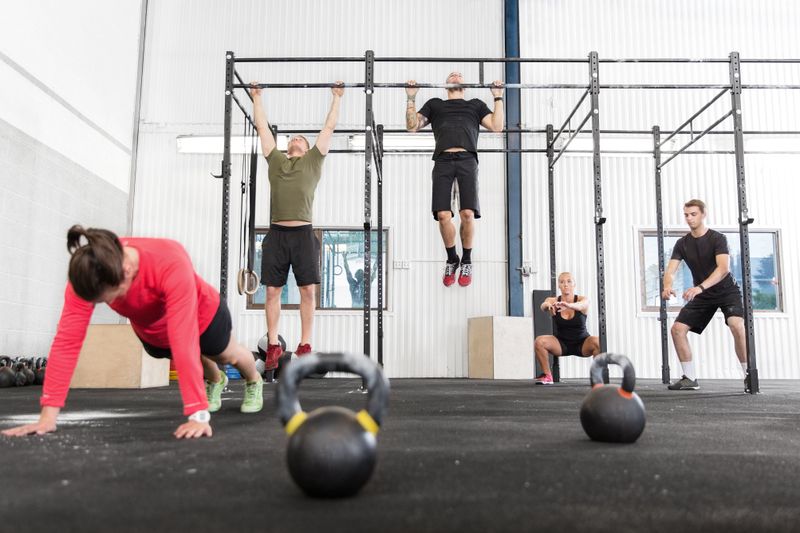
The first rule of CrossFit? Always talk about CrossFit! I learned this the hard way when my neighbor converted to this fitness religion around 2010. Suddenly, casual conversations about the weather morphed into detailed accounts of her “WOD” and how she finally “PR’d her clean and jerk.”
CrossFit transformed ordinary Americans into passionate athletes who proudly displayed their battle wounds—torn hands, rope burns, and perpetually sore muscles—like badges of honor. Community “boxes” popped up in abandoned warehouses nationwide, filled with tractor tires, climbing ropes, and intimidating equipment that looked borrowed from medieval torture chambers.
The genius of CrossFit wasn’t just the workout but the competitive community aspect. People who previously couldn’t run a mile were suddenly doing handstand pushups and discussing their “macros” at dinner parties. The cultish devotion inspired countless memes and jokes, but the movement revolutionized fitness culture and turned everyday folks into athletes with the vocabulary to match.
7. Instant Pot Cooking Craze

My kitchen counter space was forever changed when the Instant Pot revolution swept America around 2017. This unassuming pressure cooker created such fervor that Black Friday shoppers physically fought over discounted units—myself included (though I only used gentle shoving techniques).
Facebook groups dedicated to the appliance exploded with membership. I joined three different ones, where strangers passionately debated cooking times for perfect hard-boiled eggs and shared photos of their pot roasts with religious devotion. The “I made yogurt!” posts alone could fill an encyclopedia.
The device spawned its own language—”NPR” (natural pressure release), “PIP” (pot-in-pot cooking)—and turned kitchen novices into confident chefs overnight. My brother-in-law, who previously considered microwave popcorn “cooking,” started bringing elaborate Instant Pot cheesecakes to family gatherings.
8. Fantasy Football Takeover
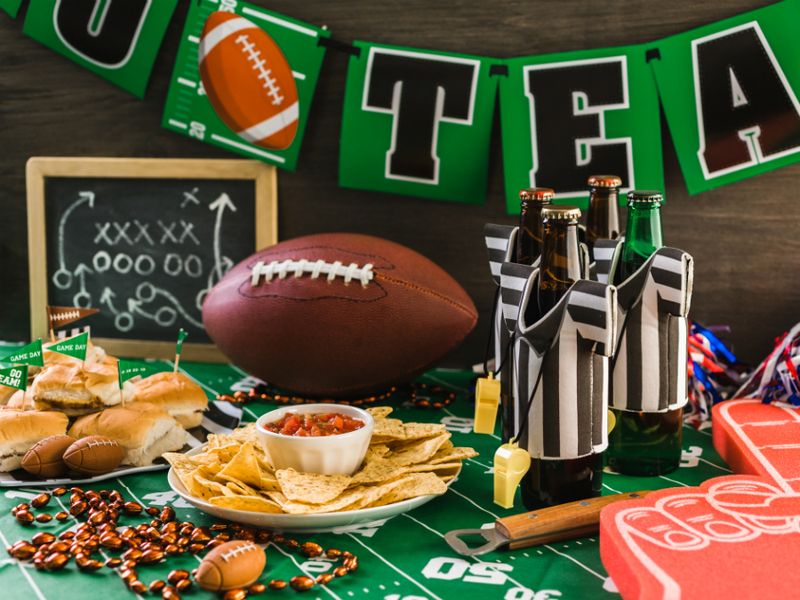
Football Sundays in America transformed forever when fantasy leagues infiltrated our living rooms. What began as a niche hobby for stats nerds (like myself) mushroomed into a national obsession that has otherwise reasonable adults screaming at televisions because their quarterback threw to the wrong receiver.
I’ve witnessed marriages tested when spouses draft against each other, and workplaces divided into tribal factions with elaborate trophy ceremonies. The phenomenon created its own economy—from specialized magazines to betting pools to punishment rituals for last-place finishers involving embarrassing costumes and public humiliation.
The beauty of fantasy football lies in how it transforms casual viewers into obsessive analysts. Suddenly, Thursday night games between two terrible teams become must-see TV because “your” running back might score.
9. Escape Room Adventure Addiction
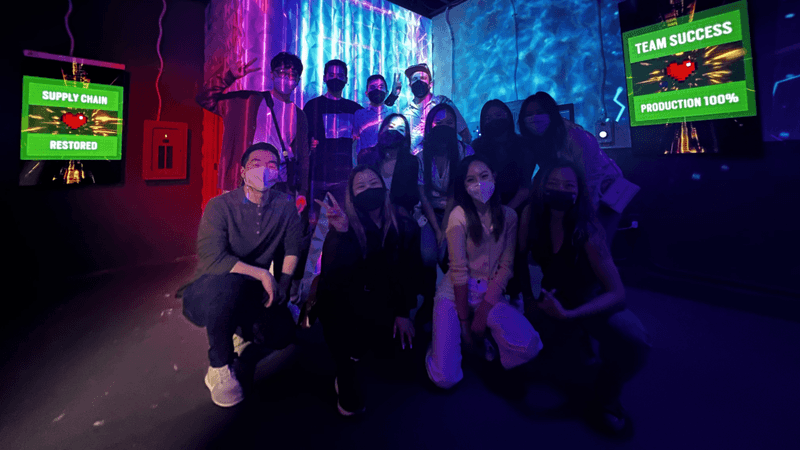
Lock me in a room with puzzles, hidden clues, and a ticking clock, and I’m happier than a kid on Christmas morning! Around 2014, Americans collectively decided that paying good money to be voluntarily imprisoned was the height of entertainment—and I was first in line.
Escape rooms sprouted across the country faster than mushrooms after rain. Corporate team-building events, date nights, family outings—suddenly everyone was decoding cryptic messages and searching for hidden keys. My accounting department’s holiday party transformed from awkward small talk over cheap wine to frantically solving puzzles in a simulated zombie apocalypse.
The genius of escape rooms lies in how they tap into our inner child and detective simultaneously. I’ve seen normally reserved colleagues crawl under tables and shout triumphantly upon finding hidden compartments.
10. Vinyl Record Resurgence
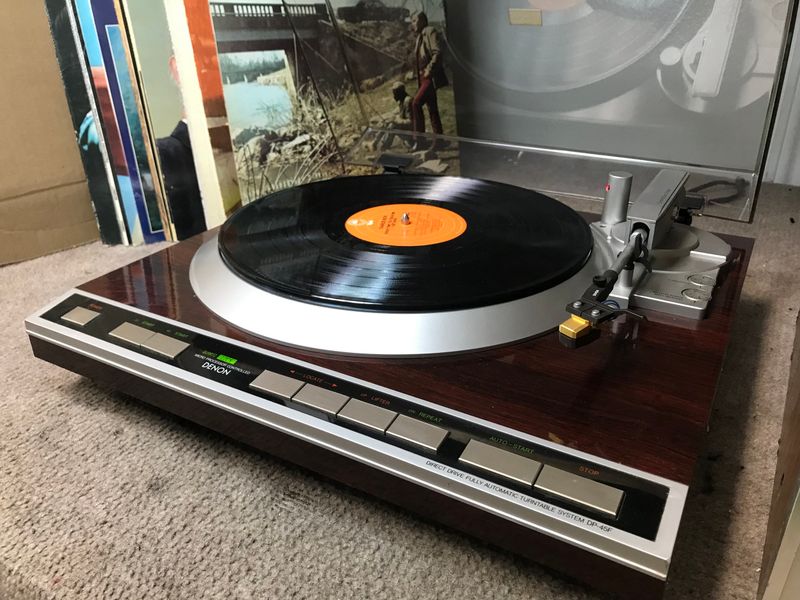
The sweet, warm crackle of needle meeting vinyl sparked an unlikely renaissance in digital-obsessed America. I caught the bug in 2012 after discovering my parents’ abandoned collection, and suddenly found myself explaining to confused friends why I was spending $30 on albums I could stream for free.
Record stores—those endangered retail spaces—came roaring back to life. Annual Record Store Day transformed into a holiday with block-long lines of enthusiasts hunting limited editions with the fervor of gold rush prospectors. My apartment’s square footage gradually surrendered to expanding record shelves, and I wasn’t alone.
The vinyl revival isn’t just about music; it’s a tactile rebellion against our increasingly digital existence. There’s something magical about the ritual—carefully sliding a record from its sleeve, placing it on the turntable, watching it spin.
11. Zombie Apocalypse Preparation
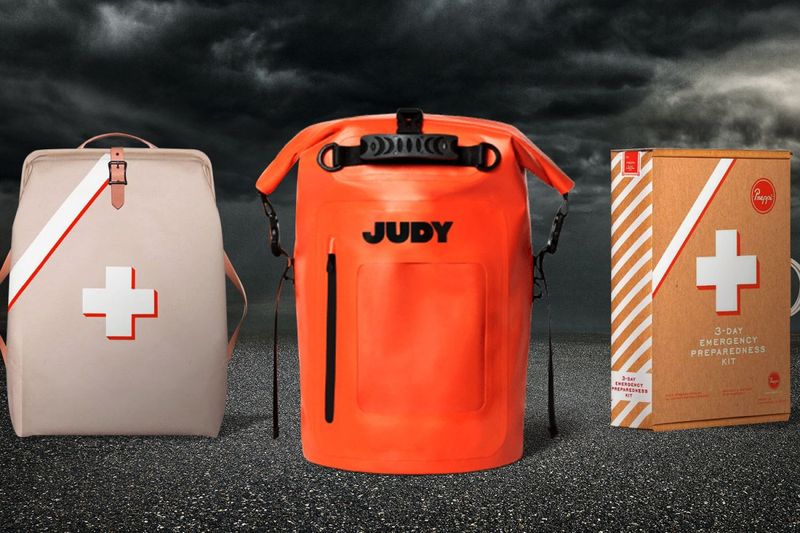
Americans got seriously weird around 2010 when preparing for fictional brain-eaters became a legitimate hobby. After “The Walking Dead” premiered, I watched perfectly normal neighbors transform their basements into survival bunkers stocked with enough canned goods to outlast nuclear winter.
Zombie preparation classes popped up nationwide, teaching everything from wilderness survival to hand-to-hand combat against the undead. I reluctantly attended one with my brother-in-law and found myself learning genuinely useful emergency skills while practicing headshots on mannequins. The CDC even published an actual zombie preparedness guide—your tax dollars at work!
The brilliance of this hobby was how it made disaster preparation socially acceptable and even cool. People who would never identify as “doomsday preppers” happily discussed their zombie survival plans at dinner parties.
12. Marie Kondo Decluttering Devotion
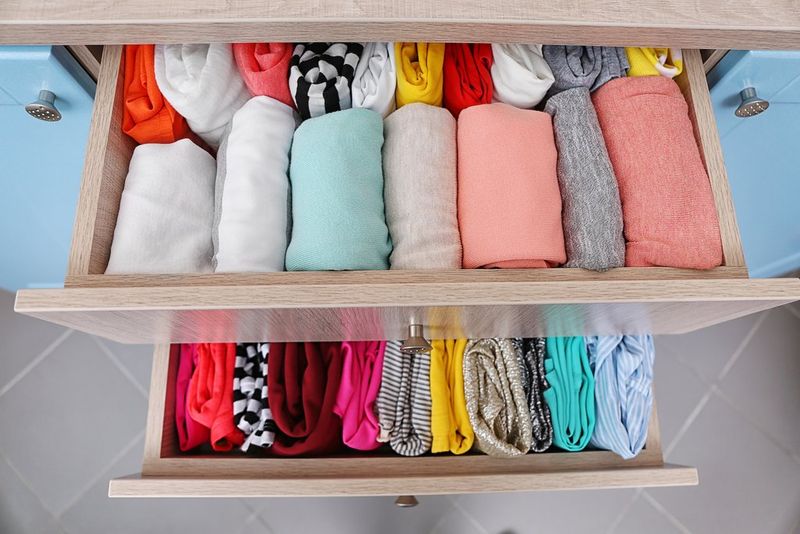
America’s love affair with stuff hit a dramatic plot twist when a tiny Japanese woman asked us to thank our socks before discarding them. When Marie Kondo’s Netflix show premiered in January 2019, I witnessed friends transform overnight into minimalist zealots, folding t-shirts into impossibly small rectangles and questioning whether their blenders truly “sparked joy.”
Thrift stores nationwide reported donation surges as Americans purged possessions with religious fervor. My sister called me sobbing after parting with her college textbooks—books she hadn’t opened in fifteen years but suddenly couldn’t bear to part with until performing Kondo’s gratitude ritual.
The KonMari method wasn’t just about cleaning; it became a philosophical movement questioning American consumerism itself. People hosted folding parties where they’d drink wine and reorganize drawers together.
13. Tiny House Movement Mania
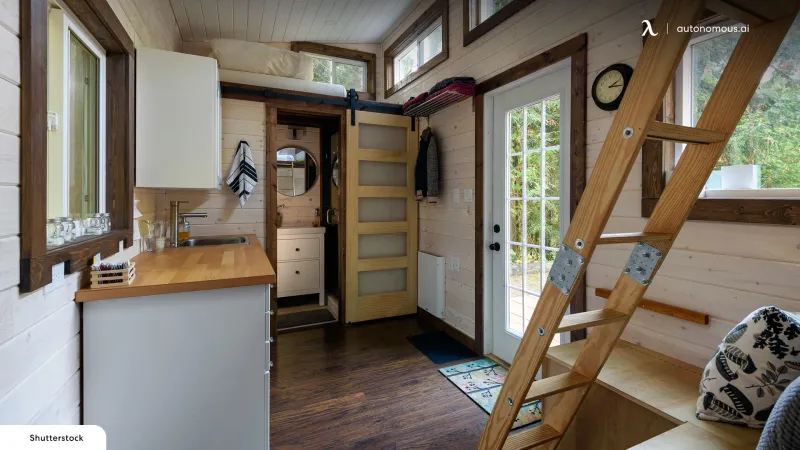
Americans went from “bigger is better” to “honey, I shrunk the house” practically overnight! Around 2014, living in glorified sheds suddenly became the height of sophistication. I blame those addictive TV shows featuring photogenic couples gushing over “clever storage solutions” while ignoring that they now showered inches from their toaster.
The tiny house craze captivated our collective imagination with promises of financial freedom, environmental responsibility, and Instagram-worthy minimalism. My college roommate sold her suburban three-bedroom to live in 180 square feet on wheels—then spent our entire lunch date explaining her composting toilet in disturbing detail.
What made this hobby so fascinating was how it combined practical skills (many built their own homes) with philosophical lifestyle changes. People didn’t just downsize; they joined communities, attended tiny house festivals, and developed strong opinions about multi-functional furniture.
14. Bullet Journal Obsession

Productivity met artistry when bullet journaling swept America around 2016, transforming ordinary notebooks into elaborately coded life management systems. I fell down this rabbit hole after watching a simple YouTube tutorial and emerged three hours later with a shopping cart full of specialized pens, washi tape, and a dot-grid notebook that cost more than my first car payment.
The “BuJo” phenomenon created a strange new social hierarchy based on handwriting quality and the ability to draw tiny calendars. Instagram and Pinterest exploded with impossibly perfect spreads featuring watercolor mood trackers and hand-lettered quotes. Meanwhile, in reality, most of us struggled to maintain our journals past February.
What made bullet journaling so captivating was its perfect blend of practicality and creative expression. Americans who hadn’t drawn since elementary school suddenly spent hours crafting intricate habit trackers and “collections” documenting everything from books read to coffee shops visited.
